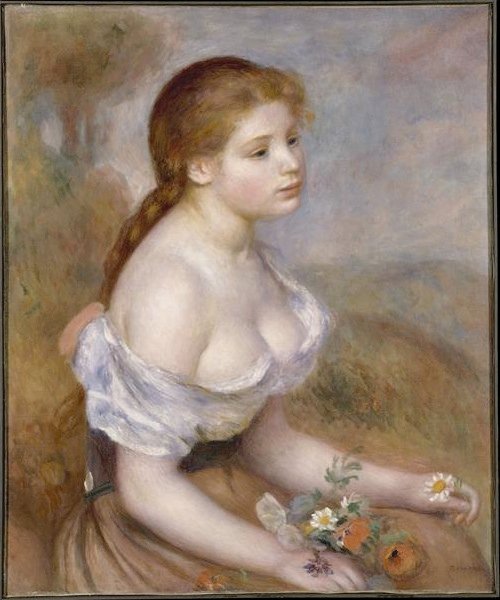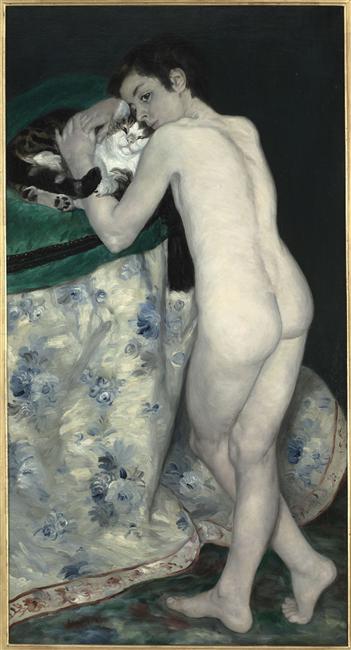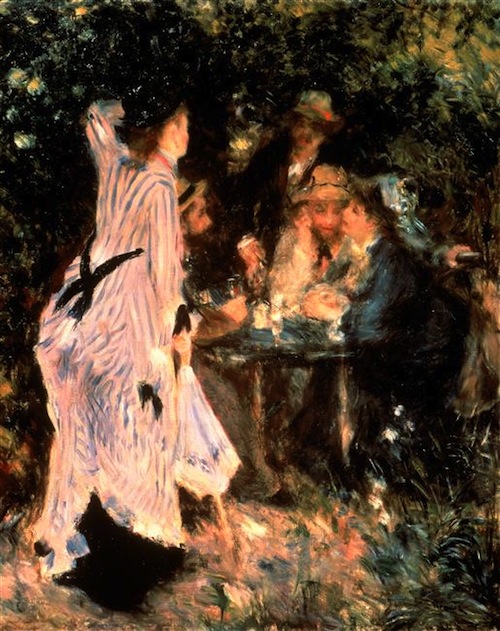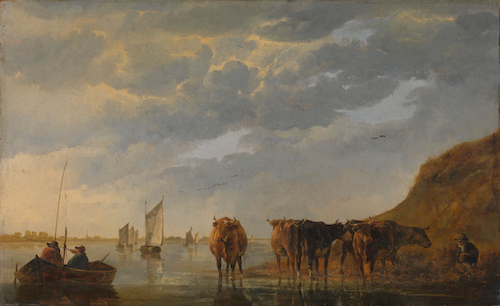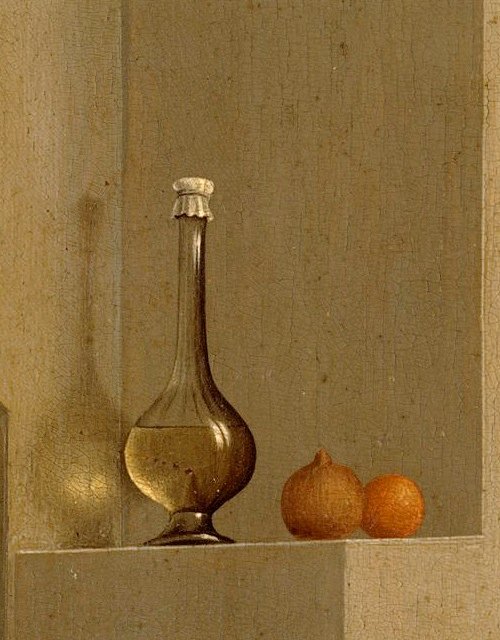I thought it was about time for a still life. This is Le dessert de gaufrettes by Lubin Baugin, from about 1630. ‘Gaufrettes’ are wafers, in this case ones which have been rolled up like brandy snaps or cannoli. I must say they look a little bit dry like that, but with a few mouthfuls of dessert wine to ease them down, I expect they’re delicious.

I like still lifes; there’s a kind of conceptual purity to them. By which I mean: if the challenge is to make a painting which engages the viewer’s attention, then anything with an actual human in it is pushing against an open door. People are so naturally drawn to faces that they see them everywhere.
But to stick a carafe of water, a couple of books and a pile of fruit on a table, and to make it into something beautiful and precious, something that people want to linger over in a way they would never linger over a real bowl of fruit: that’s magic.
